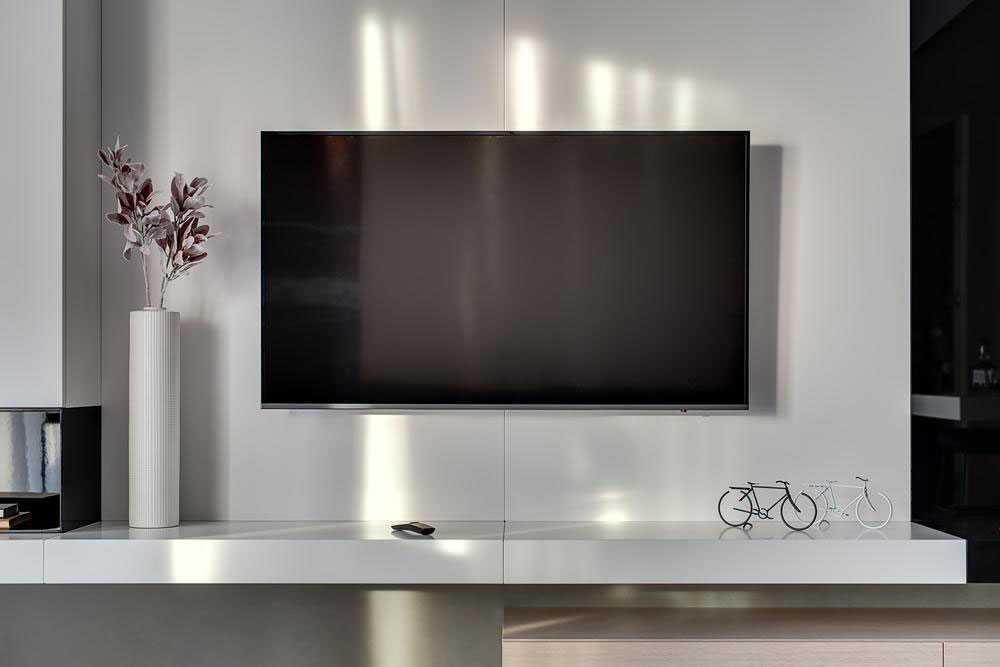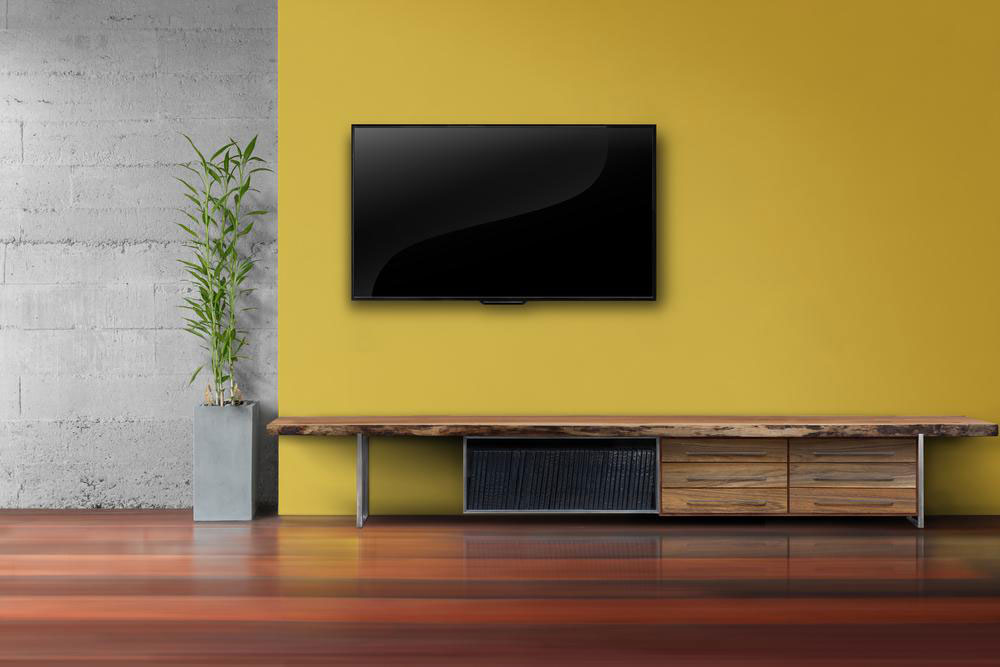QLED vs OLED Televisions: Which Offers Better Picture Quality and Value?
Explore the differences between Samsung's QLED and OLED TVs in terms of technology, picture quality, durability, and value. Understand which display type suits your viewing needs and budget as market trends shift towards more advanced LED displays with better performance and affordability.

QLED vs OLED Televisions: Which Offers Better Picture Quality and Value?
The evolution of television technology has transformed viewing from simple entertainment to an immersive experience. Customers are now highly selective, emphasizing advanced picture quality and technological features. Choosing between models involves considering factors such as discounts, reviews, and pricing. The two leading high-end options are Samsung's QLED and OLED TVs, each employing different display technologies—QLED uses quantum-dot LED, while OLED relies on organic light-emitting pixels.
QLED displays feature HDR capabilities, offering optimized brightness levels that reduce eye strain. Samsung's QLED models boast sleek designs, with hidden ports and easy setup, complemented by smart-navigation remote controls. Their quantum-dot technology minimizes burn-in risks, enhancing durability. Both technologies depend on RGB color mixing; however, QLED's separation of primary colors delivers more vibrant and accurate hues. Unlike OLED, which blends colors and may distort images, QLED maintains sharpness from various viewing angles. Additionally, Samsung's QLED is environmentally friendly, free of cadmium and harmful chemicals.
When selecting a TV, consumers should weigh costs, warranties, and reviews. The recent surge in QLED offerings has led to discounts on OLED models, impacting sales and prices. As QLED technology gains popularity, OLED prices tend to decline, making it a viable choice for those seeking quality and affordability.
QLED vs OLED
TV Technology
Picture Quality
Samsung
Display Technology










